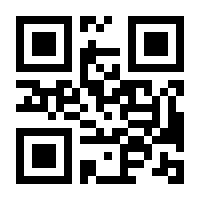
„In conclusion, this book provides a comprehensive introduction to computational drug design for scientists (e. g. medicinal chemists and pharmacologists, particularly at industrial level) who are not familiar with computational methods and who wish to discuss simulation outcomes with colleagues from computational departments. It provides a similarly comprehensive introduction for students, while also covering aspects not usually touched on by other computational textbooks. Students will then need to deepen their mathematical and theoretical background to become robust computational drug designers.“ (ChemMedChem, 2010)
„The book has been written in very lucid and readable language.“ (Journal of Medicinal Chemistry, August 2009)
"As the author states, 'this book is very industry-centric' and was designed to explore the drug design process through the computational techniques that are used in a typical pharmaceutical industry." (JACS Book Reviews, June 2009)
Computational Drug Design covers all of the major computational drug design techniques in use today, focusing on the process that pharmaceutical chemists employ to design a new drug molecule. The discussions of which computational tools to use and when and how to use them are all based on typical pharmaceutical industry drug design processes.
Following an introduction, the book is divided into three parts:
The book's accompanying CD-ROM, a special feature, offers graphics of the molecular structures and dynamic reactions discussed in the book as well as demos from computational drug design software companies.
Computational Drug Design is ideal for both students and professionals in drug design, helping them choose and take full advantage of the best computational tools available.
Note: CD-ROM/DVD and other supplementary materials are not included as part of eBook file.


